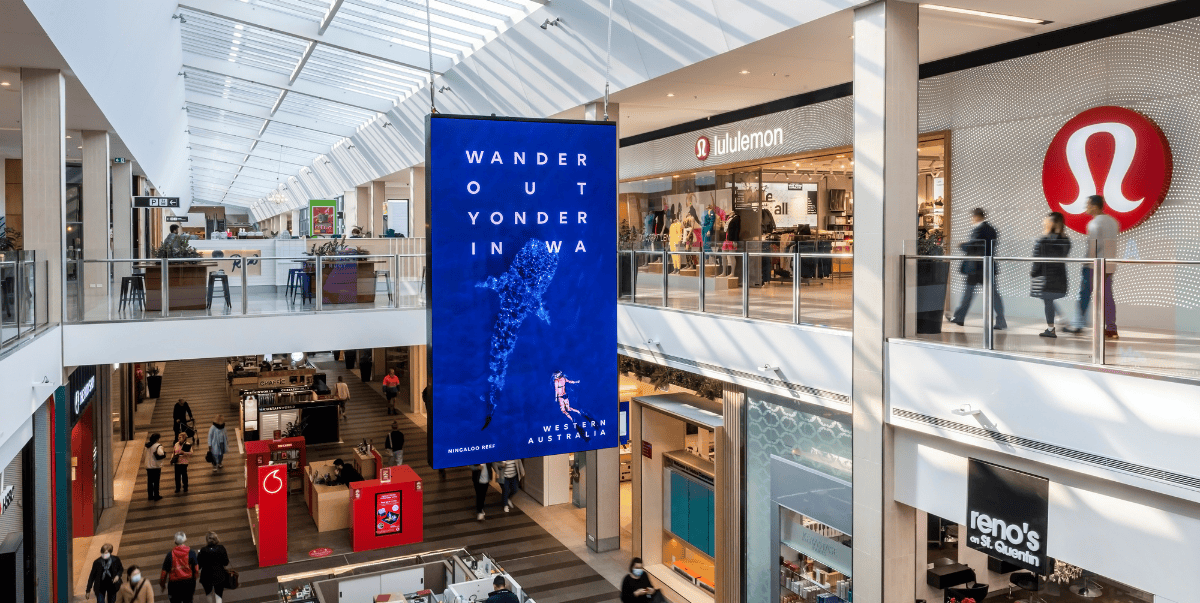
Brands and agencies are constantly looking for new ways to diversify their marketing strategies and ensure they are making the most of every single dollar. However, marketers with localized business operations, franchisees or limited resources often have a difficult time breaking outside of their normal practices. Kristian Kotsbak, VP of Platforms and Trading at Hyperlocology, shares his thoughts on channel expansion opportunities for localized advertising teams and how marketers can better take advantage of omnichannel marketing strategies.
The marketing trades are currently full of ruminations on the metaverse and retail media. But for most marketers, even those managing advertising for hundreds or even thousands of business locations, strategic challenges are even quite simpler — for example, how to successfully expand to and optimize marketing across new channels. This is especially so for brick-and-mortar marketers who want to take a localized approach across many stores.
Channel expansion may not sound sexy, but it continues to be one of the biggest untapped opportunities for most brick-and-mortar marketing organizations. For instance, it is very common for a QSR with 300 locations to run search campaigns for each of its locations without having implemented the same localized marketing program on social. When the company wants to optimize its marketing, it often tinkers with search because the channel is familiar — when it should be expanding to Facebook and Instagram to seek incremental gains with fresh audiences.
But just why is localized channel expansion so challenging? Why is it crucial for advertisers to figure it out? And how can they do so?
Why do marketers struggle with channel expansion?
Marketers likely know they need to be in more places, but don’t know how to get there. Without experts for every prospective channel, it can seem overwhelming, if not impossible, to figure out how to establish your presence in new outlets. The prospect of line items multiplying across platforms can be enough to scare an organization out of exploration altogether. Who will set up campaign parameters on these new platforms? Who will be turning the campaigns on and off? Who will monitor their success?
Getting campaigns up and running is only the beginning. The next hurdle is figuring out how performance data will be collected and analyzed, which is crucial for channel optimization and figuring out how to make the most of ad spend in new spaces. And that new data needs to be not only collected, but also integrated with other data sets. Without the ability to contextualize performance metrics on new channels within longstanding marketing efforts, important audience trends will go unnoticed.
Faced with the challenges of media activation and data collection on new channels that may seem opaque, many marketers resolve themselves to stick with their existing marketing strategy. But if that strategy is not diversified enough, maintaining the status quo will be bad for business.
Why is trying out new channels so important?
Executing omnichannel marketing is necessary to cover the consumer journey through its many phases. While search marketing is appealing because of its relatively high conversion rates, this ignores the fact that people often search for items that they are ready to transact on. But how do you raise brand awareness further up the funnel?
When it comes to raising awareness, channels like digital out-of-home (DOOH) are frequently overlooked. Powerful in their physical presence, screens at gas stations, bus stops, and in elevators present an opportunity to interact with potential new customers as they go about their daily lives. Digital billboards can get a brand’s name out there without hitting people over the head with targeted advertising, raising brand awareness in a more organic, communal fashion that’s less personally intrusive.
-1.jpg?width=1200&height=628&name=My%20project-1%20(1)-1.jpg)
How can marketers diversify their channel allocation?
How can one brand manage all the ad channels needed to cover the entire customer journey? Establishing relationships with media sellers in new channels is often the first challenge, as lack of channel access poses barriers to efficient buying at scale. Brands can circumvent this hurdle with marketing partnerships that open up exclusive access to new platforms and channel-specific DSPs. Strategic partnerships enable brands to benefit from bulk purchasing and open up new kinds of deals that wouldn’t be possible without the intermediary connection.
Once channel access is established, brands have to focus on media activation and data analysis. Tools designed for cross-channel marketing can streamline the management of campaigns across platforms, saving brands time and money as they expand their marketing presence. Technology can also collect and analyze performance data across these channels, allowing brands to decipher which channels are most effective where, with whom, and why.
Advertising on search alone is no longer sufficient, particularly as we weather a recession. Expert platforms are helping brands efficiently advertise across social, DOOH, print, search, maps, mobile, and more. Gone are the days when brands needed a different expert to handle each advertising outlet. Robust full-funnel advertising is crucial for growth, and technology is making it possible to execute at scale in a variety of spaces.


